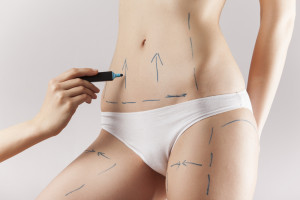 Liposuction is the most popular cosmetic surgery in the country. The popularity of the procedure may be attributed to the introduction of newer techniques resulting in minimal downtime and reduced risks. For those contemplating liposuction, many wonder if they will be able to travel by plane after their procedure.
Liposuction is the most popular cosmetic surgery in the country. The popularity of the procedure may be attributed to the introduction of newer techniques resulting in minimal downtime and reduced risks. For those contemplating liposuction, many wonder if they will be able to travel by plane after their procedure.
Risks of air travel following liposuction
Liposuction is a procedure that removes excess pockets of fat in certain areas of the body, suctioning out the fat through a thin cannula. The abdomen, thighs, and arms are popular areas for liposuction yet the procedure can be performed on any part of the body that has unsightly fat deposits that don’t respond to diet and exercise.
Flying too soon following liposuction may increase the risk of developing deep vein thrombosis (DVT), or blood clot formation within the blood vessels, particularly in the lower limbs. In liposuction, DVT risk is influenced by the following factors:
- The amount of fat that was removed via liposuction
- The body part that was treated and how many areas were treated
- The duration of the liposuction procedure
- Other types of surgery that were performed at the same time
- The patient’s general state of health
Edema or swelling of the feet and ankles is another potential occurrence if one flies too soon after liposuction. This happens after prolonged periods of sitting or standing, which are typical during air travel.
Reducing the risks
For the most part, Dr. Dunn recommends that patients should wait at least two to three weeks before flying following their liposuction procedure. Wearing compression garments during the flight to improve blood flow and circulation in the lower limbs is encouraged.
Let us help you plan for your liposuction. Call us at 508.334.5990 to schedule a personal discussion with Dr. Dunn today!




No comments yet.